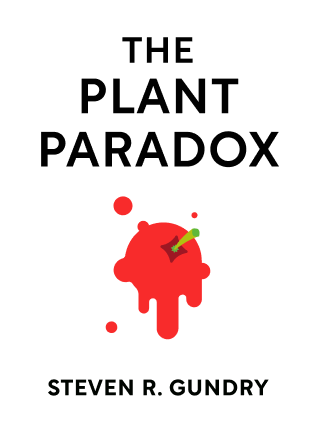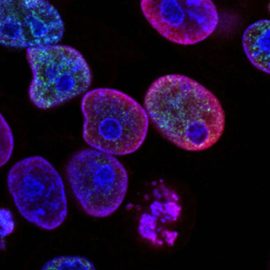

This article is an excerpt from the Shortform summary of "The Plant Paradox" by Steven R. Gundry. Shortform has the world's best summaries of books you should be reading.
Like this article? Sign up for a free trial here .
Is there a keto Plant Paradox Program? How does it differ from the regular keto diet and the regular Plant Paradox Program?
Learn about the keto Plant Paradox Program that anyone who is interested in both a keto and low-lectin lifestyle can follow.
Keto Diet Versus Keto Plant Paradox Program
Ketogenic diet is another low-carb diet, but this program also limits proteins and encourages dieters to get most of their calories from fats. A ketogenic diet is often successful for people with diabetes or other insulin resistance, as well as people with cancer, dementia, Parkinson’s, autoimmune diseases, and gut diseases. However, it’s more likely that the results come from eliminating many lectin-containing foods rather than eating fats. So, you can accept a lectin-free keto diet in the plant paradox keto diet.
The keto plant paradox diet is beneficial for people with cancer, diabetes, Parkinson’s, Alzheimer’s, and other forms of dementia because these diseases result from metabolic derangement, or your body’s inability to handle all the energy (food) you consume. Let’s explain.
What Happens in a Lectin-Free Keto Diet?
All the cells in your body have mitochondria that are responsible for turning sugars and fats into the energy the cells need to function. Your body’s natural circadian rhythm—between day and night as well as summer and winter—create cycles of busy times (day and summer) and slower times (night and winter) for the mitochondria.
When your mitochondria are on night/winter mode, your body switches to using ketones for fuel instead of sugars; ketones are a special kind of fat that are much easier than sugar to convert to energy, so the mitochondria doesn’t have to work as hard. Think of it like a hybrid car, which runs on electrical energy when the gas is out.
However, if you’re eating too much sugar and protein (which turns into sugar) consistently, your mitochondria are constantly in overdrive. After a while, they can’t keep up and things start to go awry. This is why you have to do the Keto Plant Paradox the right way.
When you eat sugar or protein, your pancreas releases insulin to transport sugar to the mitochondria to become energy. If your mitochondria can’t keep up with all the sugar, they send it away and, as Plan B, the insulin takes the sugar to fat cells to turn it into fat to store for later.
Additionally, when your mitochondria is overloaded, your energy levels suffer and your brain feels starved of energy. With insufficient energy to function, your immune system is weakened, which allows harmful cells like cancer to move in and feast on the excess sugar. The answer is the lectin-free keto diet.
The Keto Plant Paradox Program
If you have any of the conditions caused by metabolic derangement then you should follow the keto Plant Paradox diet. The main differences between this and the Plant Paradox keto are:
- Cut the amount of animal protein from 8 to 2-4 ounces per day (cancer patients should cut all animal protein)
- Eliminate all fruits except avocados, unripe mangoes, unripe papayas, green bananas, and plantains
- Eliminate seeded vegetables (which are botanically fruits) except okra
- Make macadamias your main nut
- Be sure extra dark chocolate is at least 90% cacao
- Use foods like vegetables as a way to load up on approved fats (e.g. salad with lots of olive oil)
- When you do intermittent fasting or wait long intervals between meals, have a tablespoon of MCT oil or coconut oil every few hours; every month or two, eliminate one dose of these in-between oil shots
If you have cancer, memory problems, or neurological issues, stay on the keto Plant Paradox diet for the rest of your life. On the other hand, if you used the keto version because of obesity, kidney issues, or diabetes, once your health improves you can switch to the regular version of PPP and start with Phase 2; however if your health starts to decline after switching, go back to the plant paradox keto diet.

———End of Preview———
Like what you just read? Read the rest of the world's best summary of Steven R. Gundry's "The Plant Paradox" at Shortform .
Here's what you'll find in our full The Plant Paradox summary :
- Why eating more vegetables isn't enough, and why some vegetables are toxic to your body
- The science behind lectins and how they tear apart your body, making you fat and sick
- The 6-week program to get your body back on healthy grack






Do you know of any retreats that focus on this? I really need a place to start to implement the rules and in a surrounding that’s supportive of the diet to get me started. I appreciate your research and I am positive this lifestyle change would help me immensely.
Thank you!